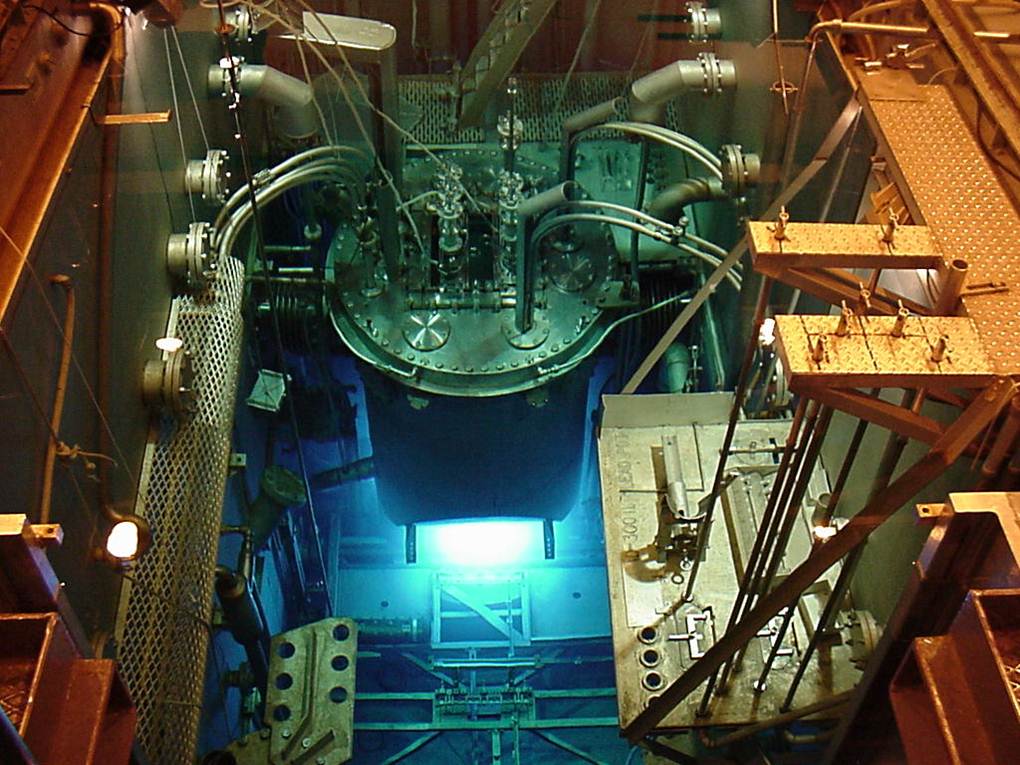The first uranium deposits in Africa were discovered in 1915 in the village of Shinkolobwe, located in the south of today’s Democratic Republic of the Congo. Approximately four decades later, in 1958, Africa’s nuclear science and technology story would begin, with the first criticality of the Democratic Republic of the Congo’s TRICO I research reactor, the first such reactor built in the region, at the University of Kinshasa. Egypt and South Africa followed the Democratic Republic of the Congo’s example soon after, commissioning reactors in 1958 and 1965, respectively. Research reactors have played a vital role in the continent’s socio-economic development ever since.
Africa now has 11 research reactors in 8 countries, namely Algeria, the Democratic Republic of the Congo, Egypt, Ghana, Libya, Morocco, Nigeria and South Africa. These facilities have a thermal power of up to 22 megawatts and are routinely used for numerous applications, including to support sustainable land management among African farmers, to produce radioisotopes for life-saving cancer treatments and for probing the structural integrity of buildings and industrial equipment, and to identify sources of industrial air pollution.
Although around ten African countries are presently considering nuclear power generation, many others consider the deployment of research reactors to be a stepping stone towards future power programmes, since this will enable the build-up of a contingent of trained personnel with relevant capabilities.
Some countries without research reactors — including Ethiopia, Kenya, the Niger, Rwanda, Senegal, Uganda, the United Republic of Tanzania and Zambia — are now considering, or planning for, the construction of research reactor facilities and have already targeted specific applications and products or services for delivery.

